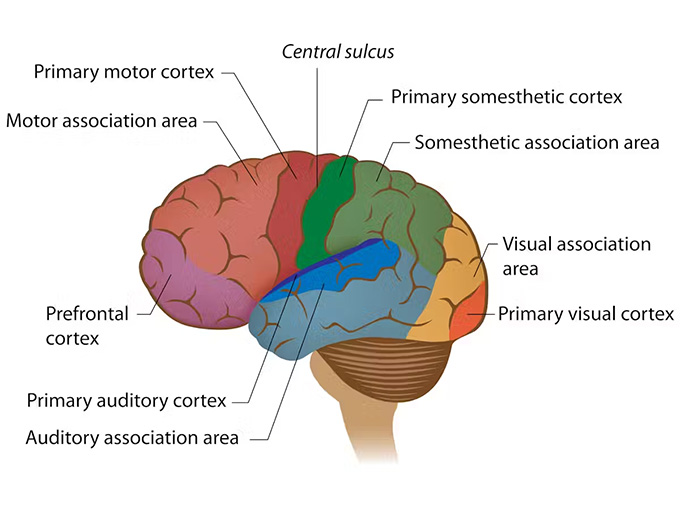
In this digital era, the flow of information comes non-stop. The latest news, emails, and social media content fill our gadgets every day.
This condition causes us to experience information overload, which is a situation where someone is exposed to an excessive amount of information so that it is difficult to process and filter the information effectively.
A flood of information that exceeds the brain’s capacity triggers cognitive overload . This can cause us to have difficulty in making decisions, decrease critical thinking skills, and the emergence of stress or mental fatigue.
When overloaded, the brain tends to take “shortcuts” called heuristic evaluation . This is a cognitive strategy for making quick decisions by simplifying the problem or ignoring some information .
Although heuristic evaluation helps the brain process a lot of information in a short time, decisions made in this way are often less precise and tend to be irrational .
Mindfulness practice can be a solution to overcome this problem. Mindfulness creates distance between ourselves and the constant flow of information, gives the brain space to rest, and helps us manage information in the fast-paced digital age more wisely.
What is mindfulness ?
Mindfulness is a technique for developing non-judgmental awareness of our current feelings, thoughts, and environment.
This technique can help us avoid negative habits and responses by observing our thoughts and emotions, and using our breath and body as a counterbalance. Awareness of these automatic reactions can allow us to respond to situations more calmly and effectively.
With consistent practice, mindfulness can enlarge the part of the brain known as the prefrontal cortex , which is responsible for cognitive processes and decision-making. As a result, we become better able to filter out relevant and useful information.

Studies show that mindfulness practices can improve attention and help individuals focus better, improving the way the brain processes information. In this way, mindfulness can help overcome the problem of cognitive overload .
How to start practicing mindfulness ?
There are many ways to build mindfulness skills , such as taking training or studying independently to learn some basic practices.
To begin a basic mindfulness practice , there are three main steps known as Intention, Attention , and Attitude (IAA) .
1. Intention : The first step is the intention to start practicing mindfulness . This intention is a very important foundation for starting and maintaining mindfulness .
2. Attention : The second step is to practice being present in the moment. Although it seems simple, this requires self-discipline. Meditation or breathing exercises, for example, are good ways to practice focus and strengthen attention skills.
3. Attitude : Lastly, attitude is a very important step in maintaining a sustainable mindfulness practice . Attitudes such as openness, curiosity, and self-acceptance will help mindfulness become more than just a temporary practice, but an ongoing lifestyle.
Today, there are many videos and apps that can be downloaded for free to improve your understanding of mindfulness and practice it independently.
Adopting mindfulness practices in the digital work environment
Mindfulness practices are now also being adopted in the workplace. Several companies around the world have started to facilitate this practice to maintain the mental health of their employees.
A recent study suggests that mindfulness can help reduce stress in digital work environments – a trend that has been on the rise since the pandemic.
This mindfulness practice can be as simple as pausing to take a deep breath or stepping away from technology for a short time.
Research shows that employees with higher levels of mindfulness are less likely to feel overwhelmed by technology. They are also better able to change their digital habits for the better.
These changes include setting boundaries such as rules about when and how they engage with technology, such as turning off notifications, grouping emails, or turning off devices at the end of the work day.
Some participants also used short mindfulness practices to manage their interactions with technology and maintain their physical and mental health while working digitally. Activities such as taking a short break, taking a walk, or making a cup of tea were found to be particularly helpful.
To help employees thrive during the ongoing digital transformation of the workplace, organizations should consider how to support staff with digital skills and mindfulness practices .
However, regardless of whether or not there is organizational support, simple mindfulness practices can still be done by anyone, at any time.
In the midst of the hustle and bustle of the digital world, finding a moment to practice mindfulness can be a small step that has a big impact on our mental and cognitive health. So, when are you going to start?
Author Bio: Arifatus Sholekhah is Research Officer, Center for Digital Society (CfDS) at Gadjah Mada University
